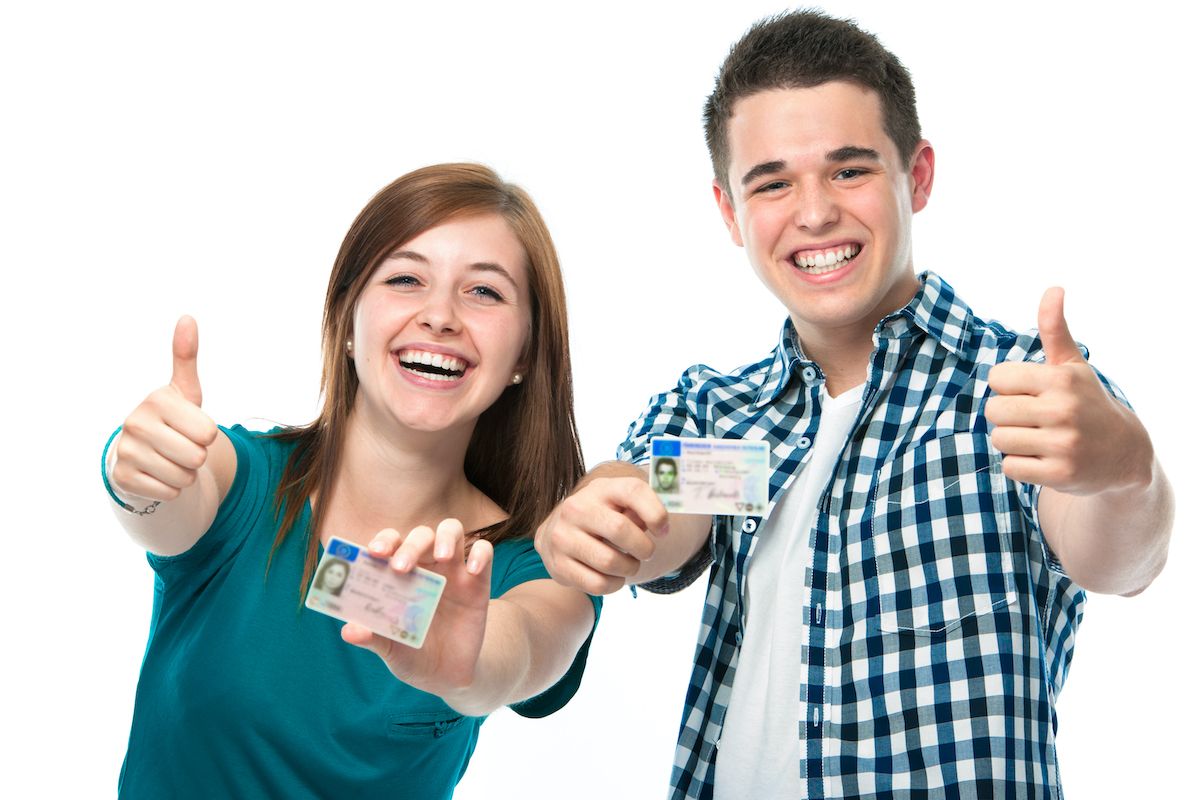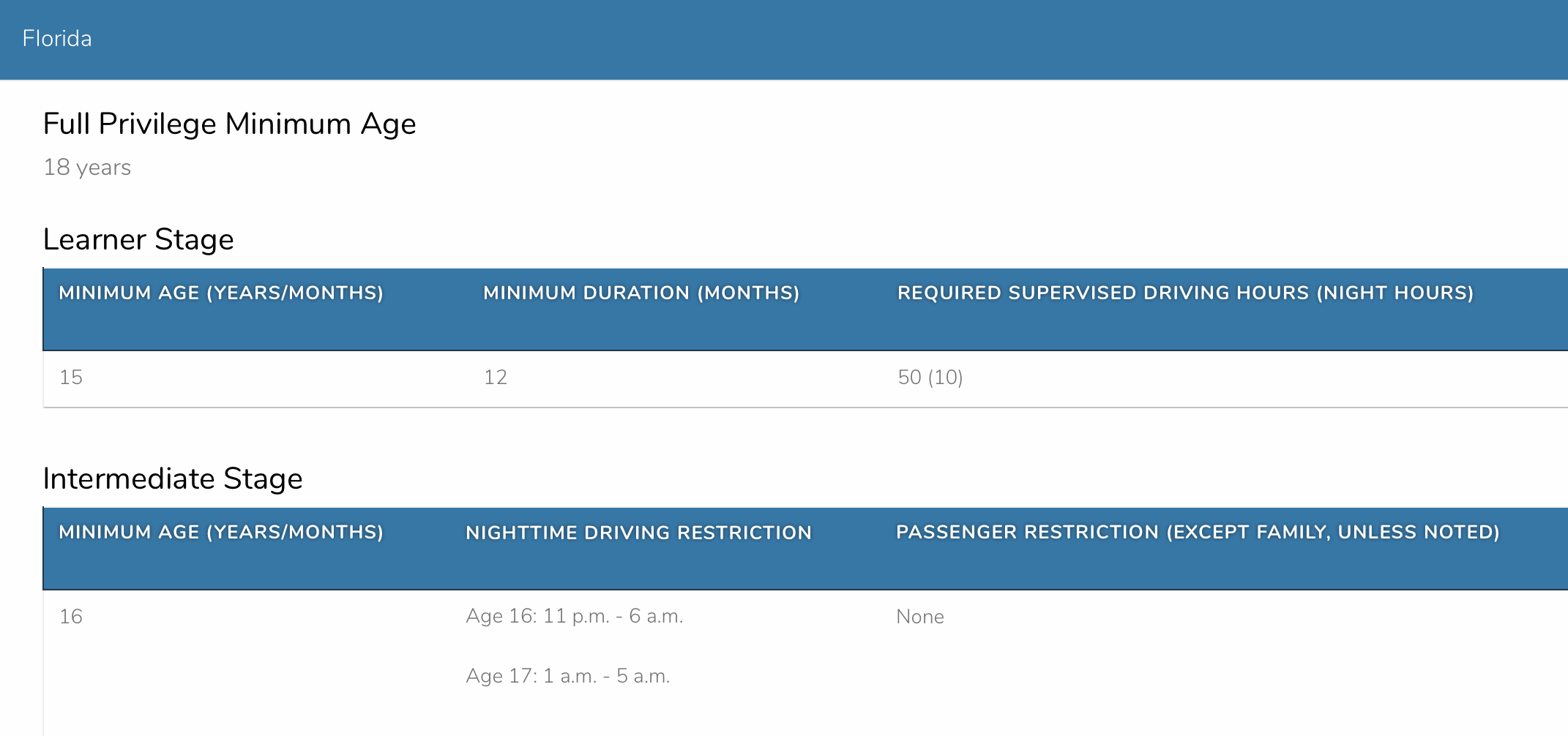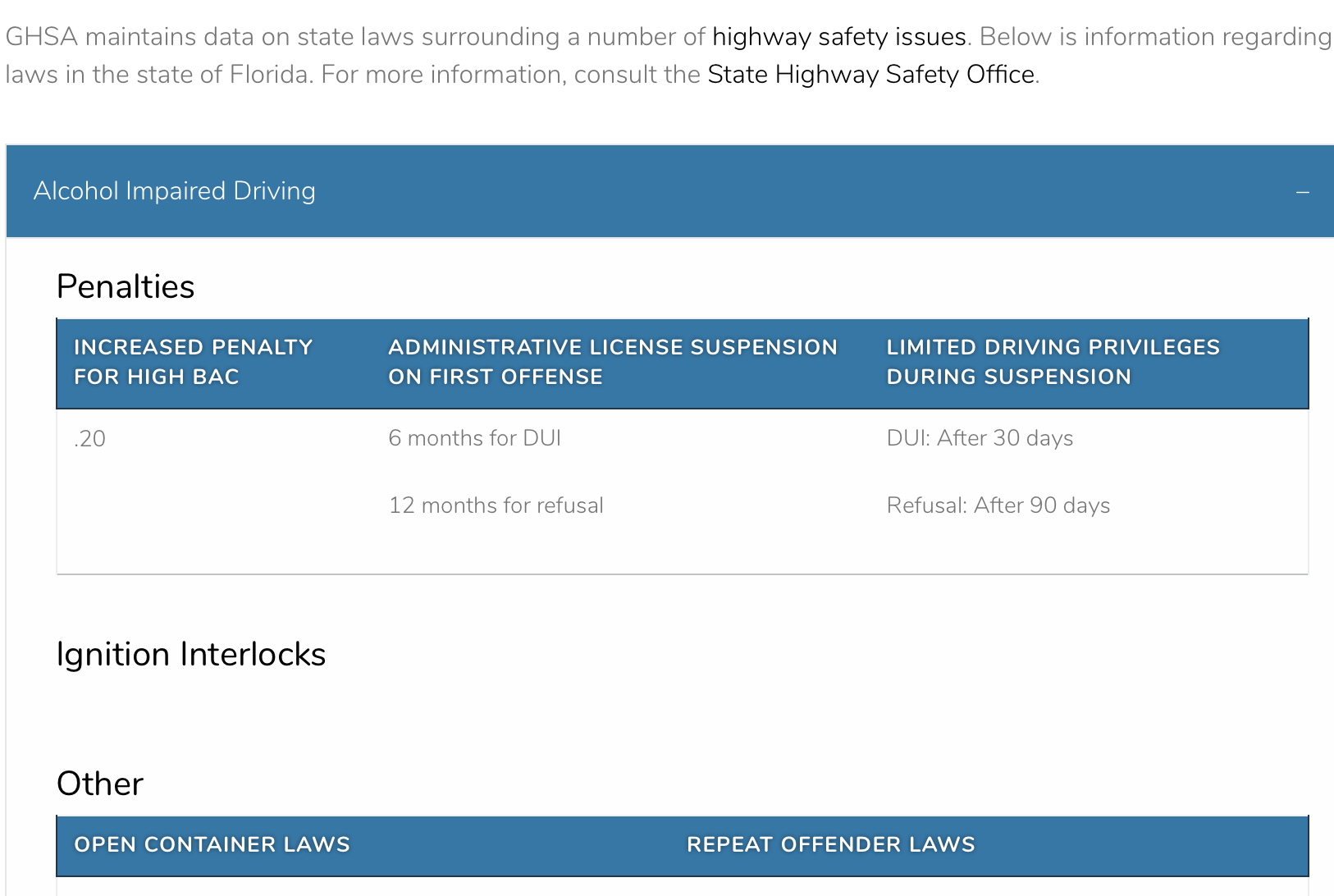Graduated Driver Licensing (GDL) programs allow young drivers to safely gain driving experience before obtaining full driving privileges. Most programs include three stages:
- Learner Stage: supervised driving, cumulating with a driving test;
- Intermediate Stage: limiting unsupervised driving in high risk situations; and
- Full Privilege Stage: a standard driver’s license. During the 1990s, many states began enacting GDL laws. The programs and types of restrictions vary from state to state. Below are some highlights:
During the 1990s, many states began enacting GDL laws. The programs and types of restrictions vary from state to state. Below are some highlights:
- Cell Phones/Texting: 37 states and D.C. ban all cell phone use by novice drivers. (See GHSA’s Cell Phone laws page for more information.)
- Nighttime Driving Restriction: All states except Vermont restrict nighttime driving during the intermediate stage.
- Passenger Restriction: 47 states and D.C. restrict the number of passengers during the intermediate stage.
- Novice Driver Decal: New Jersey is the only state with a measure requiring those younger than 21 without full-privilege licenses to display a decal on their vehicle identifying them as new drivers.
NOTE: GHSA does not compile any additional data on GDL laws other than what is presented here. For more information, consult the appropriate State Highway Safety Office.




